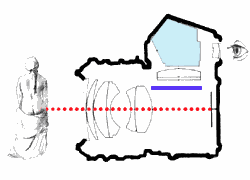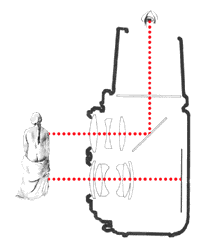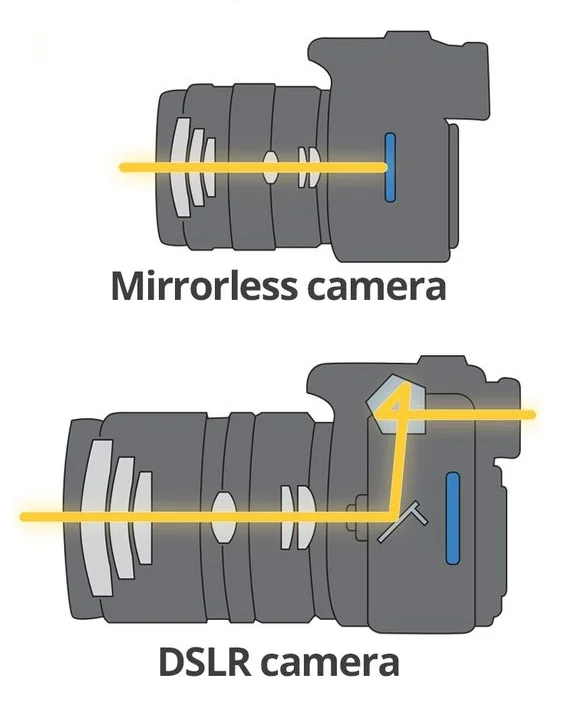So you wanna buy a mirrorless camera (part 1)
The year is 2012 and a few photographer colleagues are asking me what I think about mirrorless cameras, to which I say “A flash in the pan, mark my words and don’t spend anymore money than you have on them. Focus on glass!” I would end up eating my words on half that statement, owning up to the fact that this May, for a vacation with my wife, I’ll be packing a mirrorless camera for the first time. But how did I get to this point that I’m eating crow? Was it the constant bombardment of photographer bloggers and YouTubers showing off their cool new gear, or rather…was it time “going mirrorless” should be looked at as an option having lasted as long as they have with huge leaps in advancement from what they were…I’ll let you decide in this series. We will take a look at first what this technology is, compare and contrast with dSLR (digital Single Lens Reflex) cameras, and finally give examples of both brands and certain makes of cameras to look for if you yourself are going to make the plunge. So let’s answer the first question:
What is a mirrorless camera?
To answer what it is, I gotta explain what it isn’t. To explain what it isn’t I have to go back, back, back in time to show how it evolved into the camera it became. Cameras for the longest time had no way of showing you want you were shooting. you would aim the camera at the subject and unless you planned out the shot and where to frame it there was a good chance the subject would be out of focus or out of where you had composed the subject. Cameras with viewfinders helped (if you knew how to combat parallax error) but would wouldn’t show what the lens saw and put on film, until Twin-Lens Reflex cameras.
Twin-Lens Reflex as the name would suggest was a camera with two lenses. one game you a better approximation of where your subject was and how it would show up on film with again roughly the same field of view as what the film would record. Through the top lens and bounced off a mirror (I think you know where this is going) within the camera the photographer could see the subject. This would be the first leap forward in seeing what the end product would be before taking the shot, allowing recomposing the subject and focusing without botching the photograph. Life was good, and then the new upstart SLR cameras came in to change the game.
SLR, as stated previously, stands for Single Lens Reflex. This new innovation would be the standard for how the contemporary cameras would function into the digital age. The mirror pulls double duty offering a TTL (through the lens) view to compose, and when ready flipping up to imprint the subject on film or sensor depending on the technology.
Glossing over the history you get the idea of where the next stage in camera technology would move to. In the name mirrorless cameras remove the flip up mirror to offer a more lens to sensor connection..Your viewfinder is an electric viewfinder (viewable only when the camera has power) giving you exactly what the sensor will pick up and read. Certain functions like AF (auto focus) and exposure were bounced around through the mirror previously, but now the direct lens to sensor offers a more condensed A - B communication connection. There is no inherit advantage to this over the dSLR, in fact when the technology of mirrorless first came out dSLRs were the better choice for focusing. Currently however certain flagship dSLRs are getting a run for their money from many competent mirrorless cameras. I suppose to compare and contrast one needs to ask..
Which is better dSLR or mirrorless ?
Which I’ll handily answer next week in part 2. Thanks for being so patient the past year and change, but I plan on being more consistent and will have my work back my mouth…
See you then!


